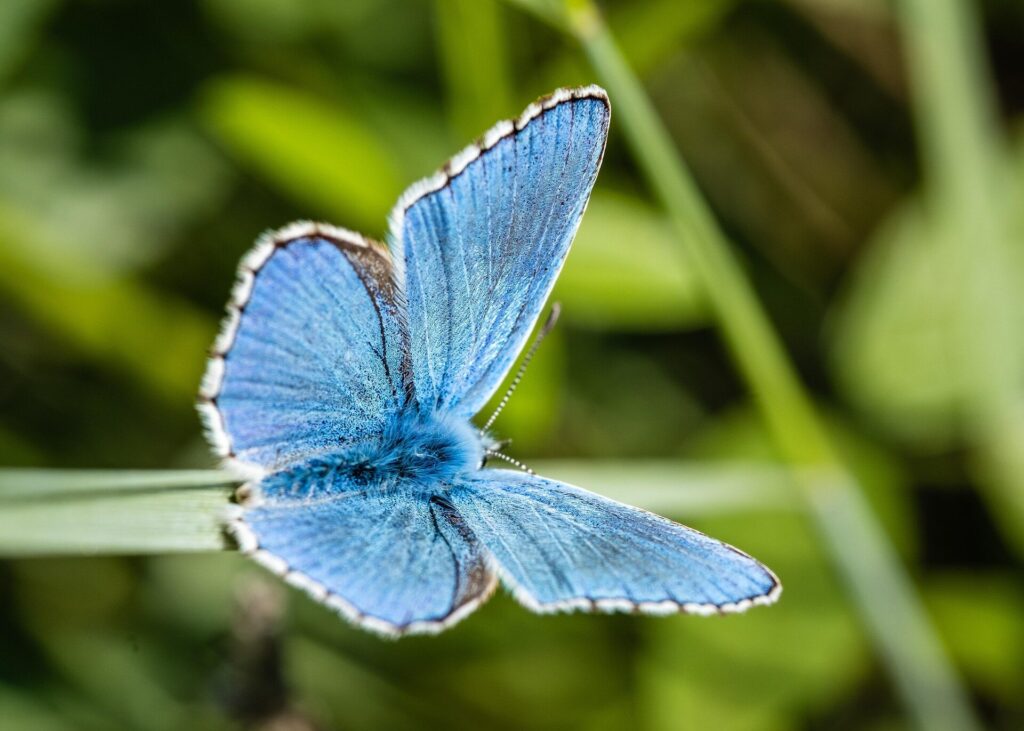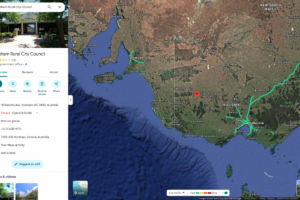
From the mighty blue whale to the humble baker’s yeast, scientists have only scratched the surface of understanding the vast genetic diversity among Earth’s lifeforms. Of the 1.67 million known species of animals, plants, fungi, and protists, a mere 1% have been genetically sequenced. By 2035, this figure could reach an ambitious 100%, according to the Earth BioGenome Project (EBP), a global initiative aiming to sequence the genomes of all eukaryotic life on Earth.
The announcement comes as the EBP, a network of over 2,200 scientists from 88 countries, including local and Indigenous research communities in the Global South, accelerates its efforts to create a comprehensive digital library of DNA sequences. This initiative aims to preserve and protect biodiversity, address rapid environmental changes, and support advancements in food security, medicine, and conservation.
The Biological ‘Moonshot’
Launched in 2020, the EBP has been likened to a biological “moonshot,” with its ambitious goal of sequencing genomes at a pace ten times faster than before. Innovations such as portable pop-up labs are expanding sequencing capacity, especially in biodiversity-rich yet remote regions.
“As biodiversity loss gathers pace, so must our work,” said Prof. Harris Lewin of Arizona State University. “Our growing digital ‘genome ark’ is transforming genomics from isolated, expensive sequencing efforts to a global, scalable, and inclusive enterprise.”
Strong Roots and Ambitious Goals
By the end of 2024, EBP-affiliated projects had published 1,667 genomes covering over 500 eukaryotic families. Researchers have deposited an additional 1,798 genomes meeting EBP standards, bringing the total to 3,465. These efforts have shed light on the origins and evolution of life, revealing how species like the Svalbard reindeer adapted to Arctic conditions and how chromosomes evolved in butterflies and moths.
As EBP enters its second phase, the project aims to sequence 150,000 species—half of all known genera—within four years. This phase will focus on species crucial to ecosystem health, food security, pandemic control, and conservation, particularly those significant to Indigenous and local communities.
Prof. Mark Blaxter from the UK’s Wellcome Sanger Institute emphasized the project’s scale: “It’s a biological moonshot in terms of ambition. As species vanish and ecosystems degrade, we aim to capture and preserve the biological blueprint of life on Earth for future generations.”
Genome Lab in a Box
One of the key challenges is coordinating the global collection of 300,000 species while ensuring open, low-carbon data infrastructure. Much of Earth’s biodiversity is in the Global South, where local EBP partners will play a crucial role in species collection, sample management, sequencing, and analysis.
To facilitate sequencing in remote regions, the EBP proposes using self-contained pop-up sequencing labs housed in shipping containers, known as genome labs in a box (gBox). These labs will enable local and Indigenous scientists to generate high-quality genomic data locally.
“Chile is one of the world’s biodiversity hotspots with many endemic species, but these are under threat,” said Prof. Juliana Vianna from the Chilean 1000 Genomes Project. “With gBoxes, local teams can generate data in context and immediately connect it to conservation and management challenges.”
“The gBox isn’t just a lab—it’s a symbol of equity in science,” said Prof. Montserrat Corominas at Universitat de Barcelona. “By equipping local researchers with advanced genomic tools, we’re empowering the Global South to contribute on equal footing to the Earth BioGenome Project.”
Value for Money
Since its inception, the EBP has established international standards, built a network of affiliated projects, and achieved many Phase I targets. The projected cost for Phase II is $1.1 billion, including a $0.5 billion Foundational Impact Fund to support local training and infrastructure in the Global South.
The full cost of sequencing all 1.67 million named eukaryotic species over ten years is estimated at $4.42 billion—less than the cost of the Human Genome Project or the Webb Telescope in today’s dollars. The authors argue that this investment is “very reasonable for a global effort with such a lasting impact.”
As the Earth BioGenome Project progresses, it represents a significant step forward in understanding and preserving the planet’s biodiversity, with implications for conservation, medicine, and our understanding of life itself.







